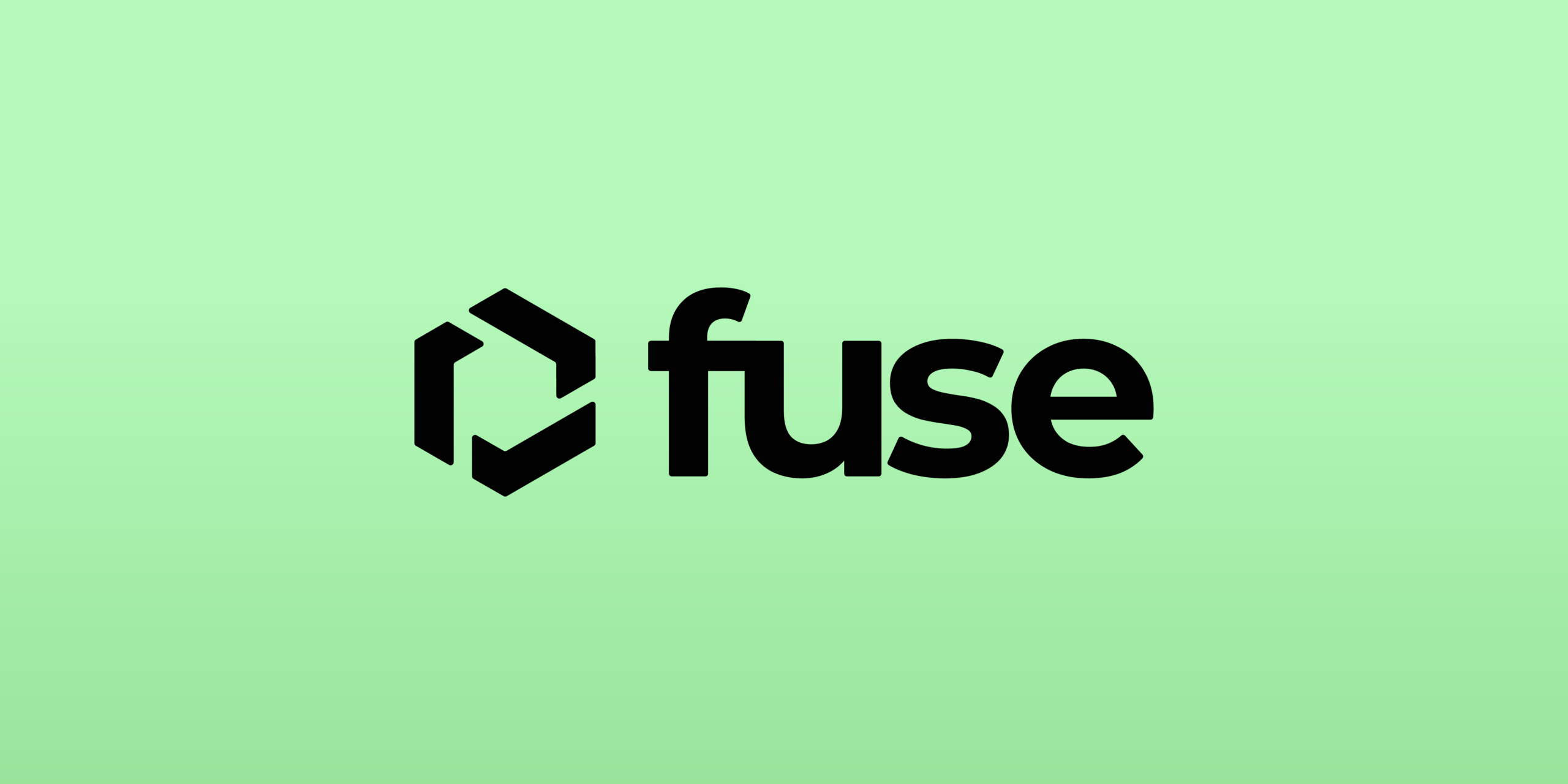Introduction
In the ever-evolving landscape of blockchain technology, the quest for scalability without compromising security is paramount. Mantle Network presents itself as an innovative answer to this challenge, building upon the sturdy foundation of Ethereum while introducing an array of features to tackle issues of scalability, compatibility, and accessibility.
Innovation
Mantle Network’s most significant innovation lies in harmonizing Ethereum’s established principles with cutting-edge solutions. The Mantle Governance model is central to this innovation, which champions token holder-driven strategic decisions for the Mantle ecosystem. Furthermore, the Mantle token, serving as a linchpin, not only underpins various products but also plays a pivotal role in governance and treasury.
Architecture
The Mantle Network proudly stands as a Layer-2 (L2) scalability solution, inheriting Ethereum’s security. It artfully marries an optimistic roll-up protocol with the novel data availability solution, EigenDA. This modular architecture ensures a harmonious balance between robust security and democratized data availability. Additionally, Mantle’s execution layer fosters an EVM-compatible environment where consensus and settlement transpire on Ethereum’s L1.
Mantle LSD, another feather in its cap, introduces a decentralized staking service, amplifying the capital efficiency of ETH. The architecture is designed to allow users to deposit ETH, obtaining yield-bearing mntETH receipt tokens. Instead of centralizing the validation, this service outsources it to external node operators, further decentralizing the ecosystem.
Code Quality
With Mantle Network striving to mirror Ethereum’s EVM compatibility, it ensures that the vast toolkit available to Ethereum developers is seamlessly accessible on its platform. Integrating with renowned smart contract development frameworks, languages, and libraries testifies to Mantle’s commitment to quality. While the code quality is commendable, there’s a window for refinement, which can be gleaned from the provided Mantle Scorecard.
Product Roadmap
In its pursuit of becoming a forerunner in the L2 chain domain, Mantle Network emphasizes token-governed technologies. Having established a robust foundational network, it is eyeing the launch of its LSD feature. With projects already embracing Mantle, the future seems promising.
Usability
Thanks to its compatibility with popular development tools and languages, developers acquainted with Ethereum will find a seamless transition to Mantle. The Mantle Bridge further augments usability by facilitating effortless token migration between Mantle and Ethereum, ensuring a smooth user experience.
Mantle Network Team
The Mantle development team comprises over five members, each bringing unique expertise. Their collective experience shapes the trajectory of Mantle Network, ensuring it remains at the forefront of blockchain innovation.
Conclusion
Mantle Network emerges as a beacon of innovation in the blockchain space, artfully addressing scalability concerns while staying rooted in Ethereum’s principles. With its robust architecture, focus on quality, and an engaged team, Mantle is poised to be a game-changer in the blockchain ecosystem. As the space continues to evolve, Mantle Network’s contribution to the narrative of scalability and security will undoubtedly be significant.
| Initial Screening | |||
| Keep researching | |||
| Does this project need to use blockchain technology? | Yes | ||
| Can this project be realized? | Yes | ||
| Is there a viable use case for this project? | Yes | ||
| Is the project protected from commonly known attacks? | Yes | ||
| Are there no careless errors in the whitepaper? | Yes | ||
| Project Technology Score | |||
| Description | Scorecard | ||
| Innovation (Out Of 11) | 10 | ||
| How have similar projects performed? | Medium | 1 | |
| Are there too many innovations? | Regular | 2 | |
| Percentage of crypto users that will use the project? | Over 11% | 5 | |
| Is the project unique? | Yes | 2 | |
| Architecture (Out of 12) | 9 | ||
| Overall feeling after reading whitepaper? | Good | 2 | |
| Resistance to possible attacks? | Good | 2 | |
| Complexity of the architecture? | Not too complex | 2 | |
| Time taken to understand the architecture? | 20-50 min | 1 | |
| Overall feeling about the architecture after deeper research? | Medium | 2 | |
| Has the project been hacked ? | No | 0 | |
| Code Quality (out of 15) | 13 | ||
| Is the project open source? | Yes | 2 | |
| Does the project use good code like C,C++, Rust, Erlang, Ruby, etc? | Yes | 2 | |
| Could the project use better programming languages? | No | 0 | |
| Github number of lines? | More than 10K | 1 | |
| Github commits per month? | More than 10 | 2 | |
| What is the quality of the code? | Good | 2 | |
| How well is the code commented? | Outstanding | 2 | |
| Overall quality of the test coverage? | Good | 1 | |
| Overall quality of the maintainability index? | Good | 1 | |
| When Mainnet (out of 5) | 5 | ||
| When does the mainnet come out? | Mainnet Ready | 5 | |
| Usability for Infrastructure Projects (out of 5) | 5 | ||
| Is it easy to use for the end customer? | Yes | 5 | |
| Team (out of 7) | 5 | ||
| Number of active developers? | 5+ | 2 | |
| Developers average Git Background? | Intermediate | 1 | |
| Developers coding style? | Solid | 2 | |
| Total Score (out of 55) | 47 | ||
| Percentage Score | |||
| Innovation | 18.18% | ||
| Architecture | 16.36% | ||
| Code Quality | 23.64% | ||
| Mainnet | 9.09% | ||
| Usability | 9.09% | ||
| Team | 9.09% | ||
| Total | 85.45% |





